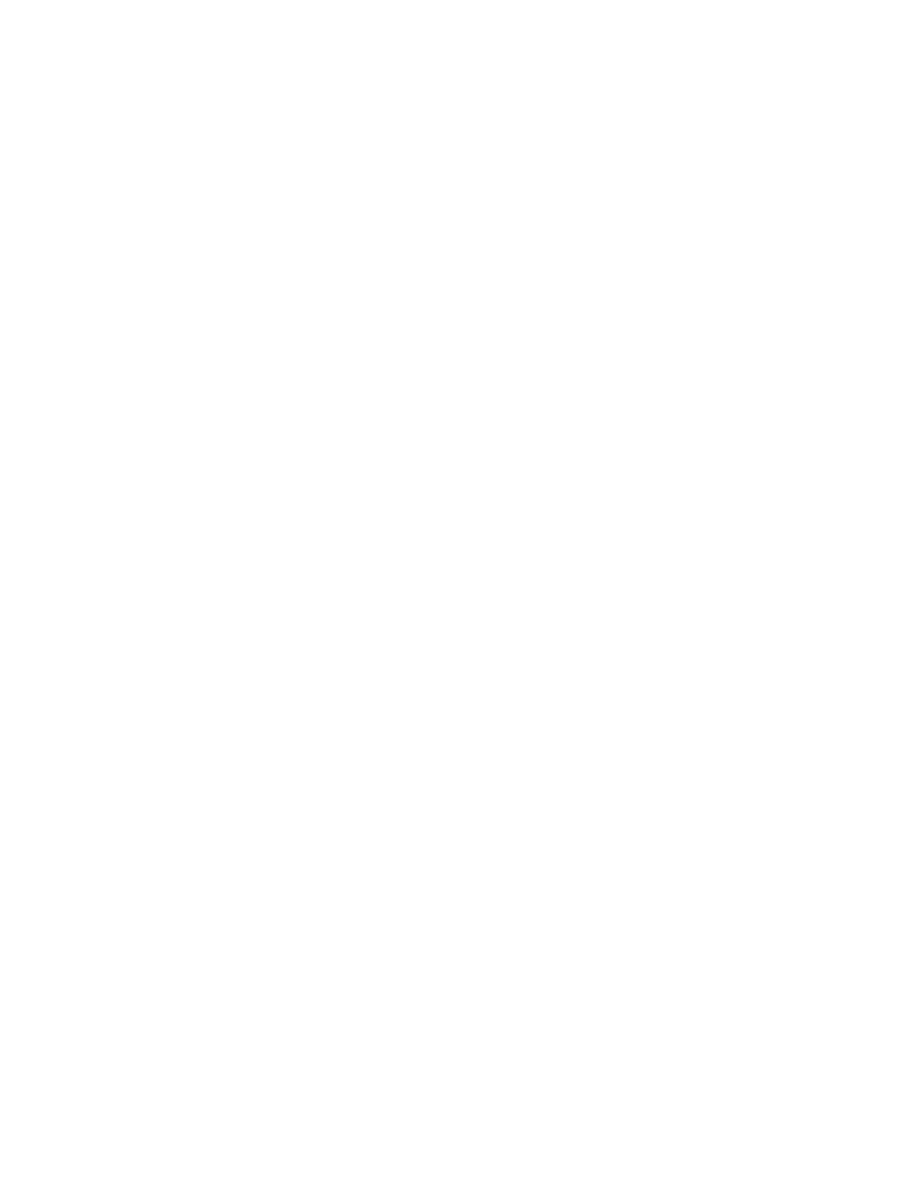
AIM
4/20/23
FIG 5
−
3
−
2
Holding Patterns
EXAMPLES OF HOLDING
TYPICAL PROCEDURE ON AN ILS OUTER MARKER
L
OM
M M
RUNWAY
VOR
VOR
TYPICAL PROCEDURE AT INTERSECTION
OF VOR RADIALS
HOLDING COURSE
HOLDING COURSE
TOWARD NAVAID
AWAY FROM NAVAID
VORTAC
15 NM DME FIX
10 NM DME FIX
TYPICAL PROCEDURE AT DME FIX
En Route Procedures
5
−
3
−
22